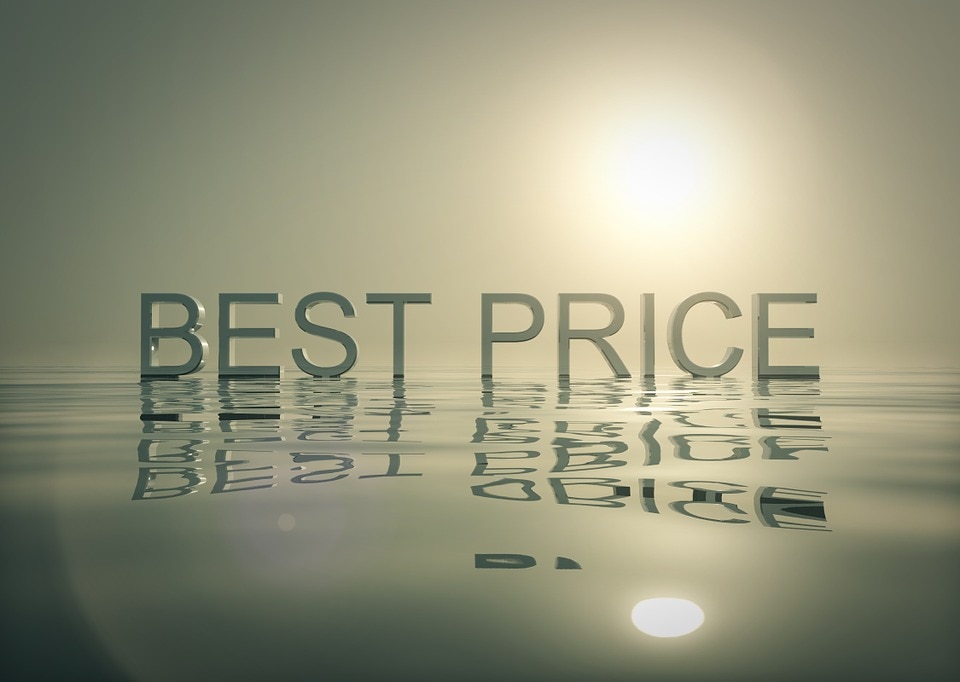It’s all very well having a winning product or service to sell, but without the right pricing strategies in place, you could still lose out.
Pricing strategy is hugely important in business – it has the potential to make or break you. Before fixing a price to anything, you should be fully aware of what your break-even price is. To be profitable, your pricing should be clearly above this level per unit for goods or per hour for services. That gives you a benchmark with which to formulate your pricing strategy.
From there, you can develop pricing strategies that align with your operations.
Value
Value pricing essentially puts the onus on customers to determine the price they are willing to pay. Yet this price isn’t necessarily restricted solely to the actual item they are buying – this is the overall perception of value based on cost, convenience, quality and so forth. In other words, value encompasses the total buying experience.
Many companies in the luxury-goods sector employ this pricing strategy – propagating the idea among consumers that a product must be a luxury item because of its high price, and therefore is more desirable.
Improving the perceived value of your product without increasing costs is a useful tool to justify higher prices to aid your revenue inflows. This could include adding extended warranties, support contracts or free delivery.




